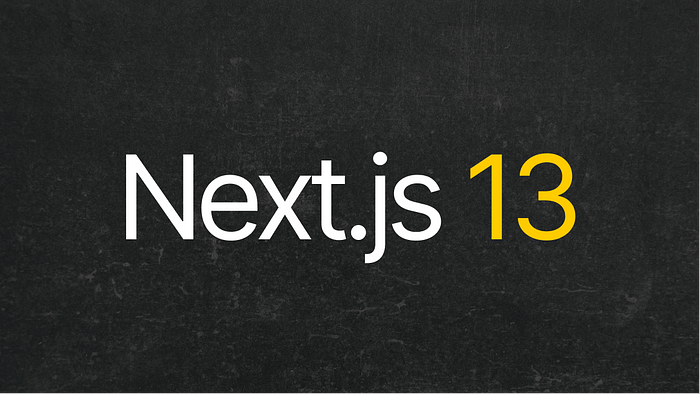What’s new in Next.js 13? New features, enhancements, and more

The most recent version of Next.js is version 13. Huge new features have been added, some of which have been long-requested by the public. You can finally be dynamic without boundaries thanks to it.
Three important areas of innovation are present in Next.js 13:
Infrastructure for compilers. They initially built Next.js on top of Webpack, an open-source bundler that revolutionised front-end development. It’s time for a major update, the Webpack replacement: the Turbopack. Webpack has enabled JavaScript software development services to advance from adding a few interactive components to a page to constructing entire web applications with JS or TypeScript.
A system for rendering and routing.
A new technique has been developed for server rendering, data retrieval, and layouts. By leveraging React’s multi-year development, they may enable and simplify the most ambitious projects while offering substantially less client-side JavaScript. Today’s versions of Next.js and React make almost everything you love about them simpler.
Toolkit of components.
A true web SDK must be able to support the most common web artefacts, including images, fonts, scripts, and even social cards. Therefore, investing thoroughly in tooling, runtime, cloud infrastructure, and the Next.js community’s ecosystem as a whole is necessary to advance the web. Vercel has been working to enable developers to work whenever inspiration strikes. For instance, adding typefaces to your app’s style is quite simple with the new @next/font package, and loading images asynchronously and lazily on demand is simple with the new @next/image package.
Run the following commands listed here to update to Next.js version 13.
